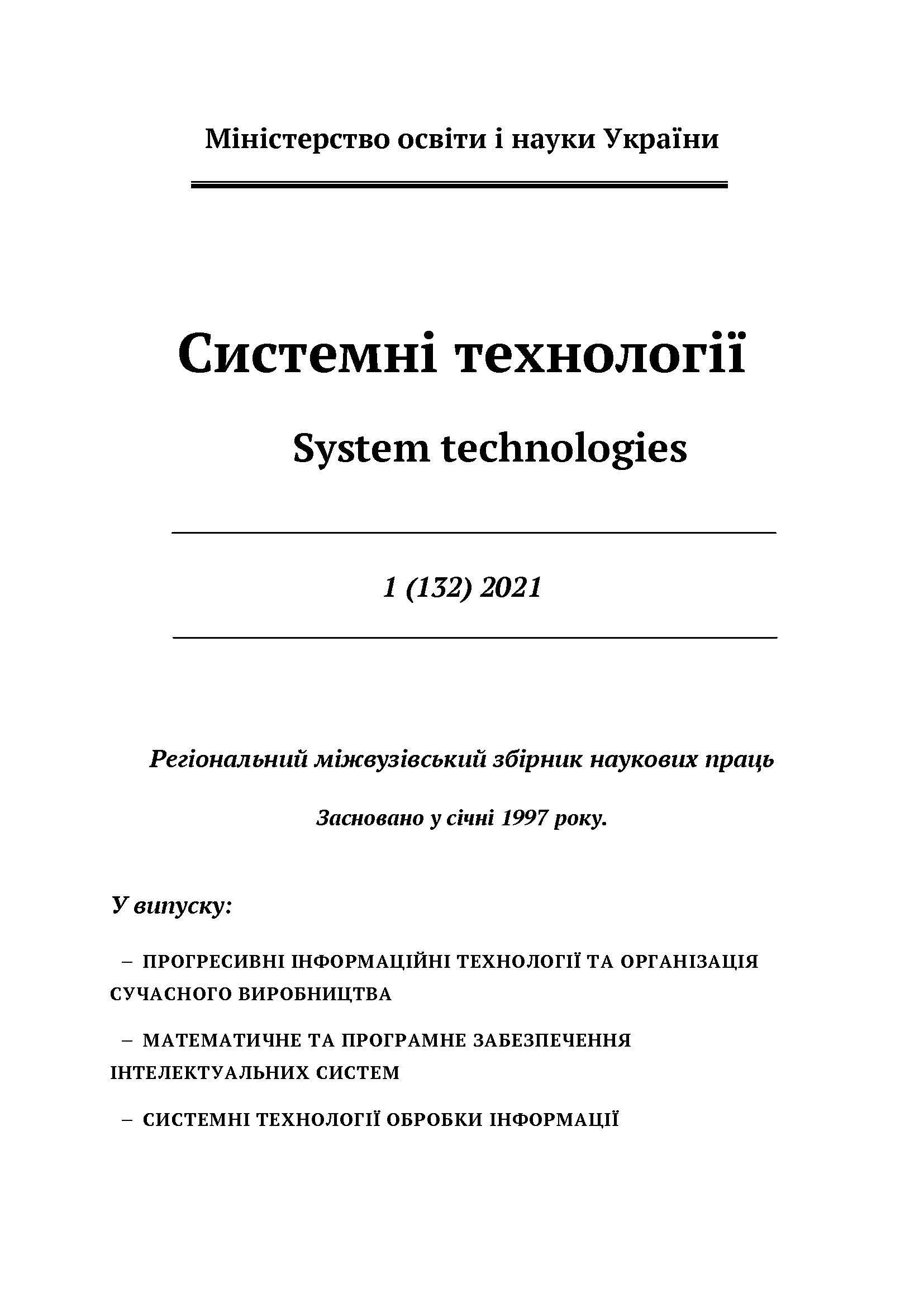ОСОБЛИВОСТІ РЕАЛІЗАЦІЇ ГРАФІЧНОГО ІНТЕРАКТИВНОГО ІГРОВОГО ДОДАТКУ ДЛЯ ОЗНАЙОМЛЕННЯ З ТЕХНОЛОГІЄЮ ГАЗОДИНАМІЧНОГО ВПЛИВУ НА РОЗПЛАВ В ЛИВАРНІЙ ФОРМІ
DOI:
https://doi.org/10.34185/1562-9945-1-132-2021-01Ключові слова:
3D, 3D модель, графіка, гра, екшен, литво, технологія, якість, виливок, розплав, газ, впливАнотація
Стаття присвячена розробці інтерактивного графічного ігрового додатку для ознайомлення з особливостями нових ливарних технології, що базується на регу-льованому газодинамічного впливу на розплав в ливарній формі під час твердіння. Осо-бливості навчального процесу при підготовці спеціалістів в галузі металургії, в тому числі ливарників, передбачає наявність ґрунтовної не тільки теоретичної і практичної підготовки, яка здійснюється в рамках ливарної лабораторії. Оснащення сучасної ли-варної лабораторії вимагає суттєвих вкладень в обладнання, матеріали, крім того де-які ливарні технології не можуть бути адаптовані до навчального простору, це сто-сується і технології газодинамічного впливу на розплав в ливарній формі. Крім того, застосування графічного інтерактивного ігрового імітатора ливарної технології га-зодинамічного впливу на розплав в ливарній формі має незаперечні перспективи в рам-ках навчального процесу, особливу в умовах пандемії COVID-19. Тому розробка графіч-ного інтерактивного ігрового додатку для ознайомлення з особливостями нової ливар-ної технології є актуальною
задачею.
Посилання
Soboleva, E. V., Sokolova, A. N., Isupova, N. I., & Suvorova, T. N. (2017). Use of training programs based on gaming platforms for improving the effectiveness of education. Novos-?birsk State Pedagogical University Bulletin, 7(4), 7-25. doi:10.15293/2226-3365.1704.01
Zulkefli, N. A. M., Hashim, H., & Syahrin, S. (2020). Evaluating e-learning google classroom tools for computer science subjects during covid-19 pandemic. International Journal of Advanced Trends in Computer Science and Engineering, 9(4), 6251-6258. doi:10.30534/ijatcse/2020/304942020
Seliverstov V.Yu. The technology of gas-dynamic impact on the melt in a casting mold is one of the promising ways to improve the quality of the metal of castings // Suchasnі Problems of Metallurgy. Naukovі pratsі. 2007. - Volume 10. - S. 25 - 35.
Завантаження
Опубліковано
Номер
Розділ
Ліцензія

Ця робота ліцензується відповідно до ліцензії Creative Commons Attribution 4.0 International License.















